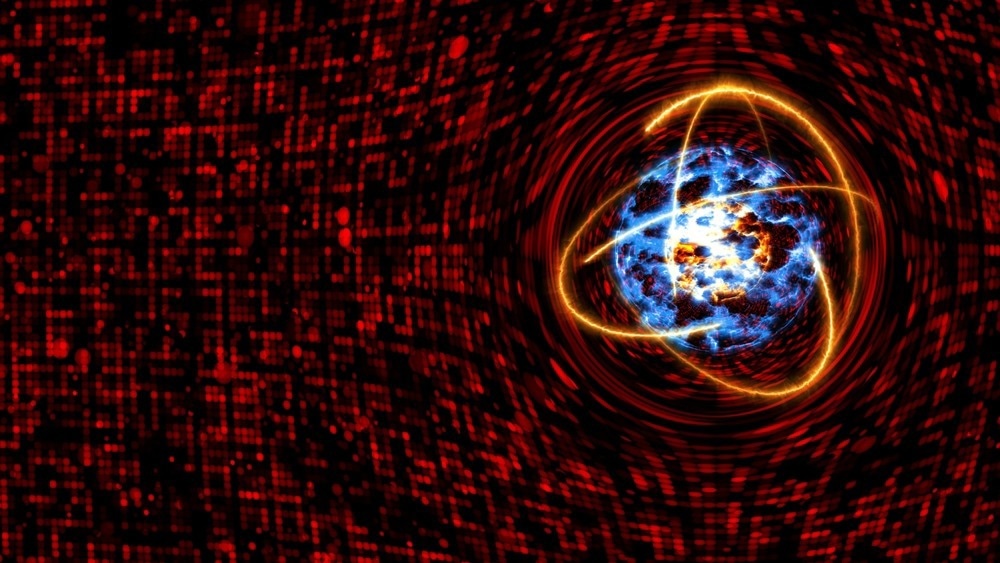In new research, scientists have created a telecom-wavelength quantum repeater node based on a processor for trapped ions to boost quantum internet.

Image Credit: Darkfoxelixir/Shutterstock.com
Quantum Repeaters
Quantum networks link together quantum processors and quantum sensors. This enables high-performance distributed sensor networks and tap-proof communication. Quantum information is transferred between network nodes via photons passing through optical waveguides. However, the probability of photons being lost drastically rises over vast distances. The distribution of entanglement over long distances requires the use of so-called quantum repeaters to broadcast quantum information across long distances.
The design for a quantum repeater was first presented 25 years ago by Hans Briegel, Wolfgang Dür, Ignacio Cirac, and Peter Zoller, all of whom were then at the University of Innsbruck. This is because quantum information cannot simply be replicated and amplified. These are equipped with light-matter entanglement sources and memories to produce entanglement in separate network links that are connected to one another by an entanglement swap, which is how entanglement is ultimately distributed over vast distances.
Recent Development
In a recent study published in the Physical Review Letters, the authors discussed the development of a quantum repeater node based on trapped ions that function as single-photon emitters, quantum memories, and a basic quantum processor. They showed that the node could independently create entanglement across two 25-km optical fibers and then efficiently swap that entanglement to extend it over both fibers.
At either end of the 50-kilometer channel, telecom-wavelength photons established a successful entanglement. Final calculations suggested a short-term approach to distributed networks of entangled sensors, atomic clocks, and quantum processors by calculating the system enhancements required for repeater-node chains to establish stored entanglement over 800 km at hertz rates.
Possibility of Transmission Over 800 Kilometers
The quantum repeater was found to be a fully functional network node made of two single matter systems that allowed for the creation of entanglement with a photon at the typical frequency of the telecommunications network and entanglement swapping operations.
The repeater node was made up of two calcium ions that were trapped in an ion trap inside of an optical resonator and single photons that were converted to the telecom wavelength. By placing the quantum repeater exactly halfway between the starting and ending points, the researchers were able to demonstrate the transmission of quantum information over a 50-kilometer optical fiber.
The researchers were also able to determine which modifications to this system would be required to enable transmission over 800 kilometers, which would enable a connection between Innsbruck and Vienna.
More Information
Krutyanskiy, V., et. al., Telecom-Wavelength Quantum Repeater Node Based on a Trapped-Ion Processor. Physical Review Letters, 130, 213601 (2023). http://dx.doi.org/10.1103/PhysRevLett.130.213601
Disclaimer: The views expressed here are those of the author expressed in their private capacity and do not necessarily represent the views of AZoM.com Limited T/A AZoNetwork the owner and operator of this website. This disclaimer forms part of the Terms and conditions of use of this website.